
views
Setting Up Your Hair Wrap

Get some embroidery floss. A few different bright colors will give you the best results. You can use up to four different colors. You can select a set of colors to create an ombré effect. If you pick colors that are a similar hue but with different shades, you can fade from one to the other. You can also go from one hue to another that's next to it on the color wheel, for example yellow to orange. Other types of string, such as yarn, can work for hair wraps. Just make sure whatever material you're working with is colorfast. You don't want the dye to run the next time you shampoo your hair. It should also be fairly thin to keep your hair wrap from being too bulky.
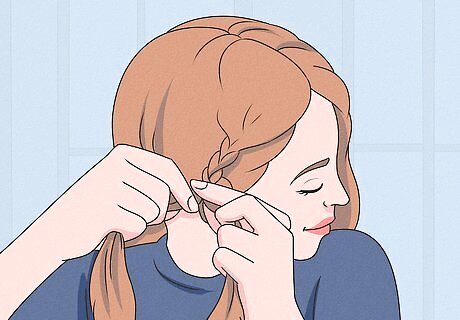
Pick out a small lock of hair and braid it. Thinner braids work better for hair wraps than thicker ones. Make sure your braid is very tight. Picking a strand closer to your face will have a bigger impact than one further back. If your hair doesn't hold braids well, you can secure it with a small hair tie at the bottom. If you already have your hair in braids or dreadlocks, you can add a splash of color by selecting one or more strands to wrap individually.

Measure out and cut appropriate lengths of thread. You will need four separate strings that are roughly two- to-three times the length of your hair. Remember that it's much better to start with too much thread than too little. You can always trim off the excess at the end, but you can't add length to string that's too short.
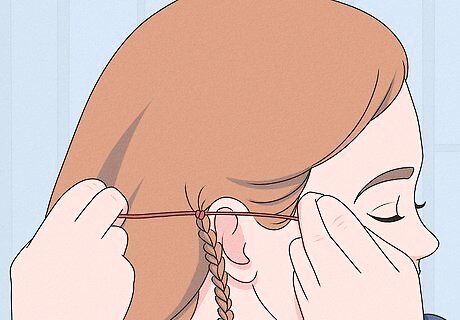
Tie the threads around the top of the braid using an overhand knot. You can always position the knot lower on the braid if you want your hair wrap to start further down. Overhand knots are the simplest knot you can tie: Make sure all four strings are parallel and bunched together so they can be treated as a single string. Loop the strings behind the top of the braid. Make sure that your braid is positioned in the center of the strings so that each end is equal. Take the right end and loop it back around the braid to the left. Start by crossing over the front of the braid and pull the end under and through the loop back towards the right. Pull both ends in opposite directions to tighten. Make sure your knot is very tight when making a hair wrap. Once the knot is complete, each string you started with will be divided in half. Before starting your wrap in earnest, you'll have twice as many strings to work with. For example, if you began with four strings, you should now have eight individual strands hanging from the base of your wrap.
Wrapping Your Hair
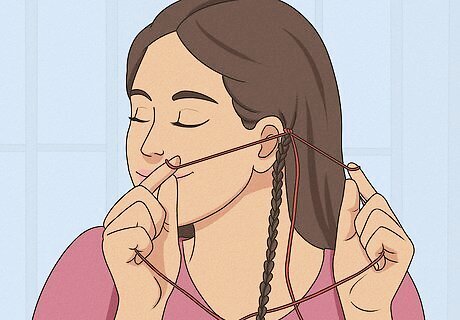
Hold two strings of the same color in your dominant hand. These will be your "working strings." Lay the remaining six strings (if you started with four) flat along the braid. Keep them taught by holding both the strings and your braid in your non-dominant hand.
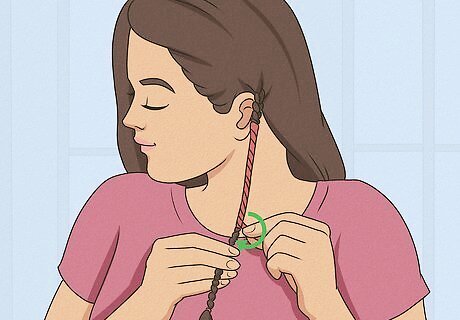
Wrap your working strings tightly around both your hair and the other six strings. Keep going, moving down the braid as you wrap. Be sure to leave at least an inch or two on your working string to help your wrap's stability. One technique to ensure a tight wrap is to do four wraps around, push these wraps up, and repeat.
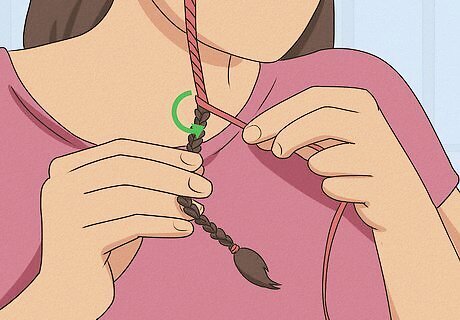
Switch working strings when you want to start a section with a new color. Whether your working strings are getting short or you simply want to move on to the next color, you'll swap strings multiple times while making your hair wrap. Simply add your working strings to the other six and pick out two new strings of the same color. When using two colors, you can make a striking pattern of alternating stripes. Try to make the stripes all one width for a well-crafted look. One very popular style of hair wrap is the ombré look, which is an effect where multiple similar colors are lined up to create a gradient from one color to another similar color. Examples would be light blue to dark blue, intense magenta to pale pink, and yellow to orange. If you're making an ombré wrap, start with your first color and wrap about a quarter of your braid. Switch to the second color that most closely matches the first. Repeat with the last two colors, ending with the color that contrasts the most with your starting color.
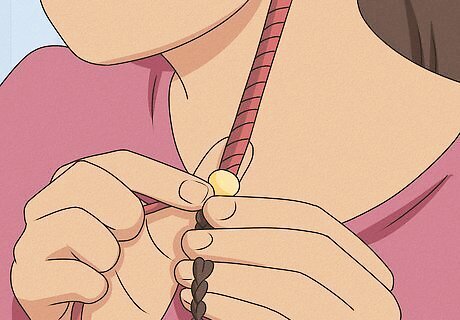
Incorporate beads and charms. This step is totally optional. Most hair wraps don't have any embellishments. If you want to add some, however, it's very easy to do: Pick a bead or some other small object that can be threaded onto a string, such as a charm. Keep in mind that your hair wrap is likely to get wet, so don't choose anything made of metals that are easily corroded (rust or turn green). At any point while wrapping your hair, string the bead through your working strings. Push it up so it's positioned at the bottom of your wrap. Simply continue wrapping once the bead is in place.
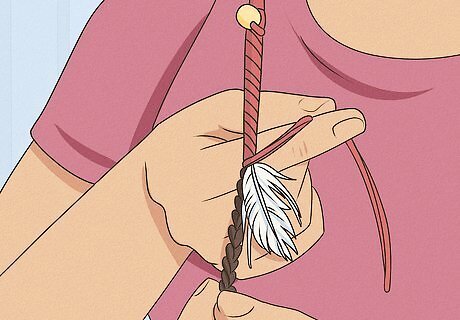
Attach a feather to the bottom of the wrap. This is another optional step that adds a little flair to your hair wrap. Once you're almost to the bottom of your braid with about an inch of hair left, line up a feather's quill with your braid and the remaining strings. Continue your wrap, this time including the feather's quill. If you used a hair tie to hold the ends, you can slide the quill under the hair tie to hold it in place.
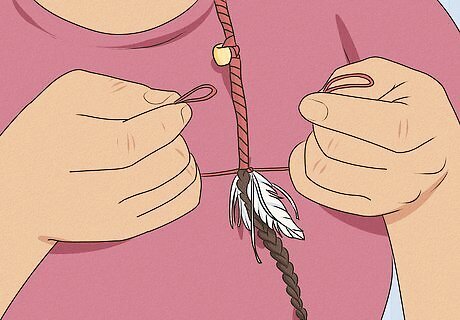
Finish your hair wrap by knotting all strings at the bottom. Tie tight knots of your choice to keep your wrap from unraveling. You may choose to tie a double or triple knot for added durability. If there is any excess loose string after you tie your knot, trim it off with your scissors.
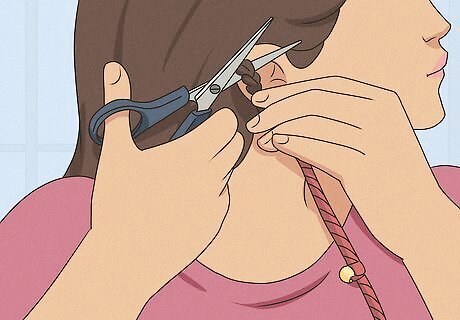
Cut your hair wrap at its base when you're done wearing it. If you made your wrap well, it is unlikely to fall out on its own. The most common way to remove a hair wrap is to simply remove the entire lock of hair. Some people keep their wrapped lock of hair as a memento. If you don't want to lose that strand of hair, you can try removing the hair wrap by cutting the knots at the end and unraveling it by hand. Keep in mind this will take much longer than a simple trim. The more tightly you wind your wrap, the longer it will stay looking great. The average amount of time it takes a wrap to start seeming shabby is three weeks. If you avoid soaking it when washing your hair, your wrap will last longer. Use silk or satin to make a hair wrap if you want to sleep with it or leave it on till your hair is dry. Use a natural cotton towel or micro-fiber for drying quickly with a towel.

















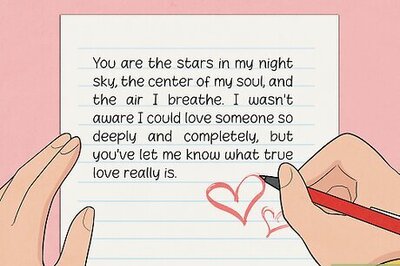


Comments
0 comment